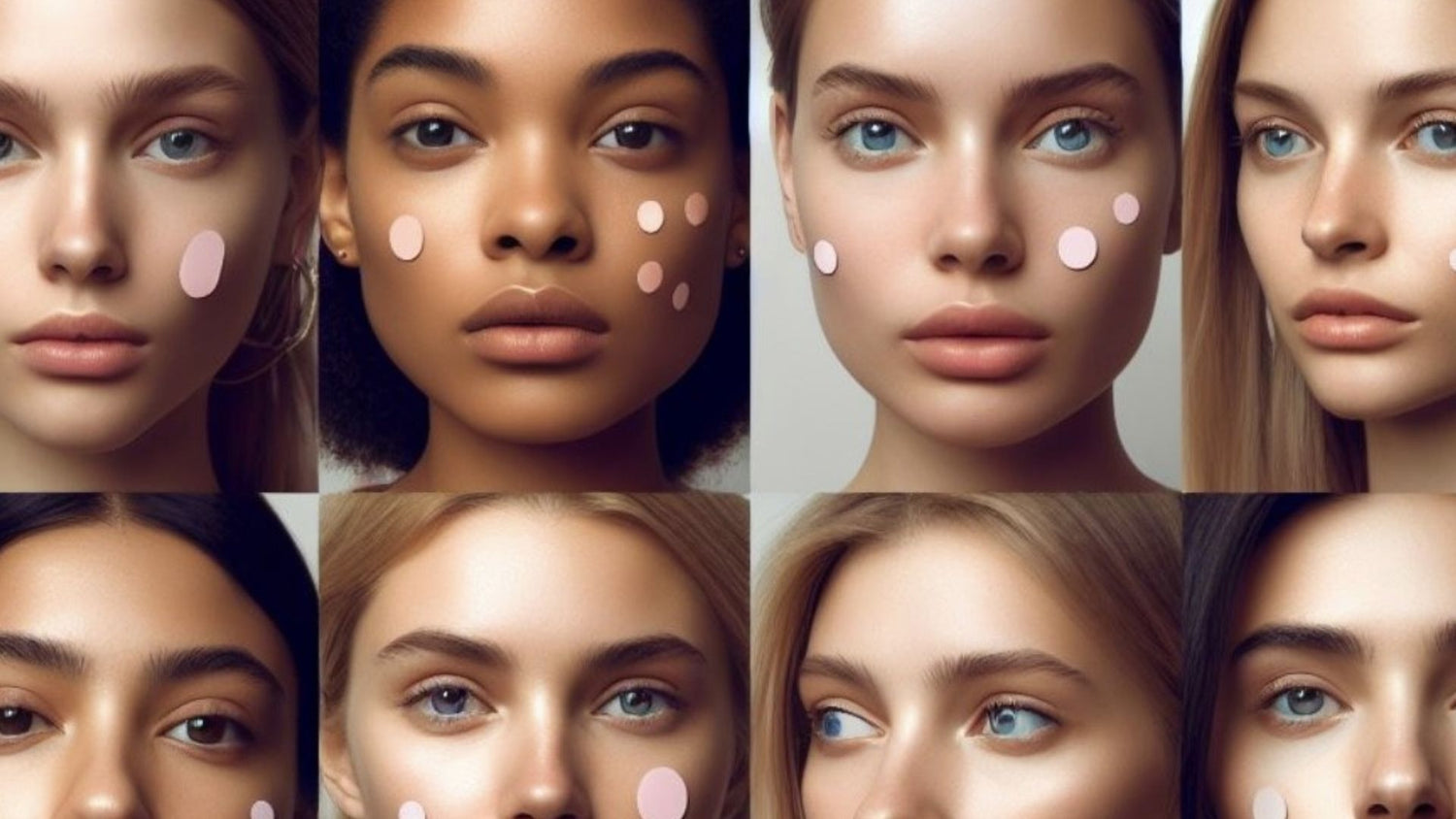On June 14, 2011, U.S. FDA issued new rules for sunscreen products currently sold over-the-counter (OTC). These requirements support the FDA’s ongoing efforts to ensure that sunscreens meet modern-day standards for safety and effectiveness. New labeling and testing requirements are effective for all sunscreen products. Many common phrases found on sunscreen labels such as, ‘sunblock,’ ‘waterproof,’ ‘prevents skin cancer,’ ‘all day,’ etc. are no longer permitted by U.S. FDA standards, unless substantiated by proper In Vitro testing.
The Final Rule will take effect by June 18, of 2012, but consumers may begin to see changes to sunscreen labels before the effective date. The new sunscreen products and line extensions must comply by the Final Rule by the U.S. FDA and existing product(s)/claim(s) may need to be modified to be in compliance as applicable.
In addition, specific testing must be completed for each sunscreen product before other claims about the product’s UVA and UVB protection can be made on the package.
What Is Sunscreen?
Sunscreen comes in many different formulations including lotions, creams, oils, sticks, butters, spray pastes, sprays, gels or other topical agents that absorb or reflect some of the sun’s ultraviolet (UV) radiation on the skin exposed to sunlight — thus helps protect against sunburn. Medical organizations such as the American Cancer Society recommends the use of sunscreen because it prevents the squamous cell carcinoma and the basal cell carcinoma.
However, the use of sunscreen is controversial for various reasons: many sunscreen do not block UVA radiation, which does not cause sunburn but can increase the rate of melanoma; people using sunscreens may be exposed to high UVA levels without realizing it. The use of broad-spectrum (UVA/UVB) sunscreens can address this concern.
What Is SPF?
The SPF (Sun Protection Factor) value indicates the level of sunburn protection provided by the sunscreen product. All sunscreens must be tested according to an SPF test procedure. The test measures the amount of ultraviolet (UV) radiation exposure it takes to cause sunburn when a person is using a sunscreen in comparison to how much UV exposure it takes to cause a sunburn when they do not use a sunscreen.
The Latest Sunscreen Monograph 2012 By FDA
Prior rules on sunscreen dealt almost exclusively with protection against sunburn — primarily caused by ultraviolet B (UVB) radiation from the sun — and did not address ultraviolet A (UVA) radiation, which contributes to skin cancer and early skin aging. After reviewing the latest science, FDA determined that sufficient data is available to establish a ‘broad spectrum’ test for determining a sunscreen product’s UVA protection.
Sunscreen products that pass the broad-spectrum test are allowed to be labeled as ‘broad spectrum.’ These ‘broad spectrum’ sunscreens protect against both UVA and UVB rays. Scientific data demonstrated that products that are ‘broad spectrum SPF 15
Sunscreen products with SPF<15 or no broad spectrum claim must mention a warning statement on the packaging like, SKIN CANCER/SKIN AGING ALERT. Spending time in the sun increases your risk of skin cancer and early skin aging. Sunscreens have been shown only to help prevent sunburn not skin cancer or early skin aging.
Manufacturers can not label sunscreens as ‘waterproof’ or ‘sweatproof, or identify their products as ‘sunblock’ because these claims overstate their effectiveness.
Water-resistant claims on the front of sunscreen labels must indicate the time whether the sunscreen remains effective for forty minutes or eighty minutes while swimming or sweating, based on standard testing.
All sunscreens must include standard drug fact information on the back and/or side of the container.
Sunscreen Active Ingredients
Some sunscreen lotions now include compounds such as dioxide and zinc oxide, inert fillers which helps protect against UV rays via light scattering and physically blocking the light pathway into the dermal layers. Other UVA blocking compounds found in sunscreen includes avobenzone. You can easily find them in your sun protection product.
Some of The Popular Sun Care Products On The Market
So, tell us…how do you feel about the new rules going into effect regarding our sunscreens?
– Rinki Pramanik, biotechnologist
For more giveaways and contests, sign up for our newsletter HERE.
If you like this post, share it with your friends and give it a LIKE on Facebook.






